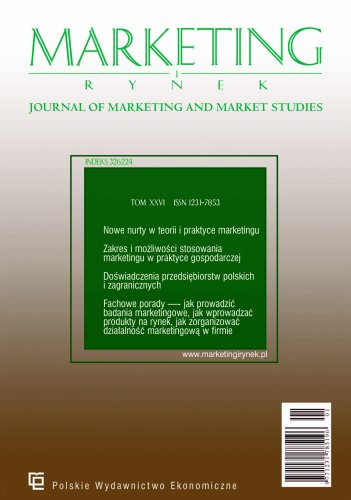Conflicting information about the success and failure rates of new products introduced on the market is presented in scientific publications as well as in research reports from consulting agencies and online sources, that have appeared in the last 60 years. Theoretical and empirical research reveals, that despite implementing new product development best practices, many projects fail with new product strategies. But are failure rates as high as 90% true? This would mean, that high costs of product innovation are incurred by many stakeholders, who create a specific network of relationships, not just the enterprise. It can be assumed, that project teams responsible for development and introduction of a new product on the market would not accept such a high risk rate of new product failure, with an extremely low level of business security, including success of new product on the market. The conditions in which companies operate influence the strategic and operational marketing activities of an organization. It is therefore no surprise, that the effects of managing new products, including process of their development, are becoming more and more important issues in the scientific literature and economic practice regarding product innovations. The aim of the article is to present the real market effects of new products, success and failure rates, from the point of view of companies representing various industries. Research measures in the field of marketing and sales effects of new products in enterprises are also proposed. The author assumes that the review and conceptual nature of this research is dominant.
Keywords: new product; marketing; success and failure rates of the new product; new products introduced on the market

